Blogs & News
We are focus on automotive wiring harness & connectors technology.
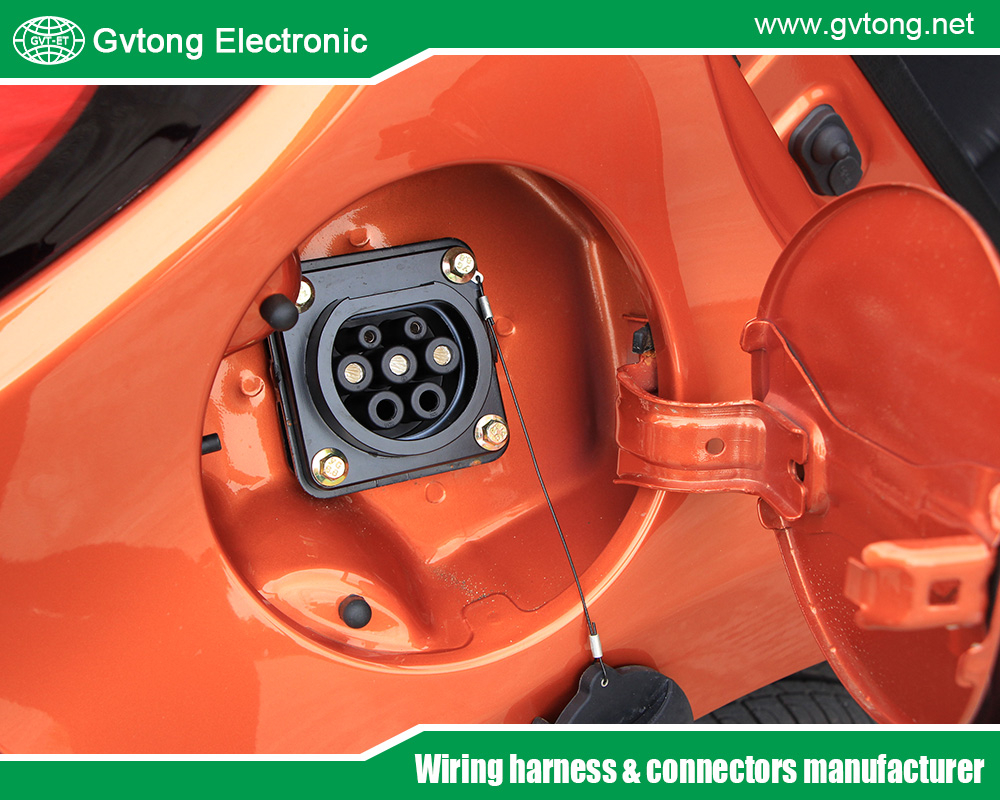
The Core Role of ADAS Automotive Connectors in Transmitting Key Signals in Autonomous Driving Systems
- Gvtong Electronic
- 2p 32p Automotive Connector Terminal Crimping, adas automotive connector, ADAS automotive connectors, ADAS automotive connectors manufacturer, ADAS automotive connectors supplier, ADAS sensor connectors, Anti-vibration automotive connectors, Automated assembly connectors Cost-effective automotive connectors, Automated assembly connectors Cost-effective automotive connectorsMulti-variation connectors, automotive antenna connector, automotive coaxial connector, Automotive Connector and Cable Products, automotive connector companies, automotive connector companies in russia, Automotive Connector Factory, automotive connector market, automotive data connector, automotive diagnostic connector, automotive High voltage connector, automotive hybrid connector, automotive optical fiber connector, Automotive shielded connectors, automotive waterproof connectors, Battery management system (BMS) connectors, Blind-mate automotive connectors, EV charging connectors, Fuel cell connectors, High-speed data connectors, High-temperature resistant connectors, In-cabin infotainment connectors, Lightweight automotive connectors, Low-contact resistance connectors, Modular automotive connectors, OEM-specific connectors, Oil-resistant automotive connectors, Pre-charge/discharge connectors, Quick-fit automotive connectors, V2X communication connectors
- No Comments
The Core Role of ADAS Automotive Connectors in Transmitting Key Signals in Autonomous Driving Systems
In the rapidly evolving landscape of automotive technology, Advanced Driver Assistance Systems (ADAS) stand at the forefront of enhancing vehicle safety, efficiency, and autonomy. ADAS encompasses a suite of technologies designed to assist drivers in navigating complex road environments, ranging from basic features like adaptive cruise control and lane-keeping assistance to more sophisticated systems enabling partial or full autonomy. As vehicles progress toward higher levels of autonomous driving—defined by the Society of Automotive Engineers (SAE) from Level 0 (no automation) to Level 5 (full automation)—the reliance on seamless data exchange becomes paramount. At the heart of this data ecosystem are ADAS automotive connectors, specialized components that facilitate the transmission of critical signals between sensors, processors, and actuators.
Autonomous driving systems depend on a multitude of inputs, including real-time data from cameras, radar, lidar, and ultrasonic sensors, as well as Vehicle-to-Everything (V2X) communications that allow vehicles to interact with infrastructure, other vehicles, and pedestrians. These signals must be transmitted with unparalleled speed, accuracy, and reliability to enable split-second decision-making, such as emergency braking or obstacle avoidance. Automotive connectors serve as the vital links in this chain, ensuring that high-volume data flows without interruption, even in harsh environmental conditions like extreme temperatures, vibrations, and electromagnetic interference (EMI). Their core role is not merely connective but transformative, enabling the integration of artificial intelligence (AI) and machine learning algorithms that process sensory data to predict and respond to dynamic driving scenarios.
The importance of these connectors cannot be overstated. As the automotive industry shifts toward electrification and connectivity, the demand for robust interconnect solutions has surged. According to market analyses, the global automotive connector market is projected to grow significantly, driven by the proliferation of ADAS features in both passenger and commercial vehicles. This growth underscores the need for connectors that can handle escalating data rates—up to 56 Gbit/s in some cases—while maintaining signal integrity and minimizing latency. In essence, without advanced connectors, the promise of autonomous driving would remain unfulfilled, as they bridge the gap between raw sensor data and actionable intelligence. This article delves into the fundamentals of automotive connectors, the key signals they transmit, their pivotal role in ADAS, associated challenges and innovations, and emerging trends shaping the future of autonomous mobility.
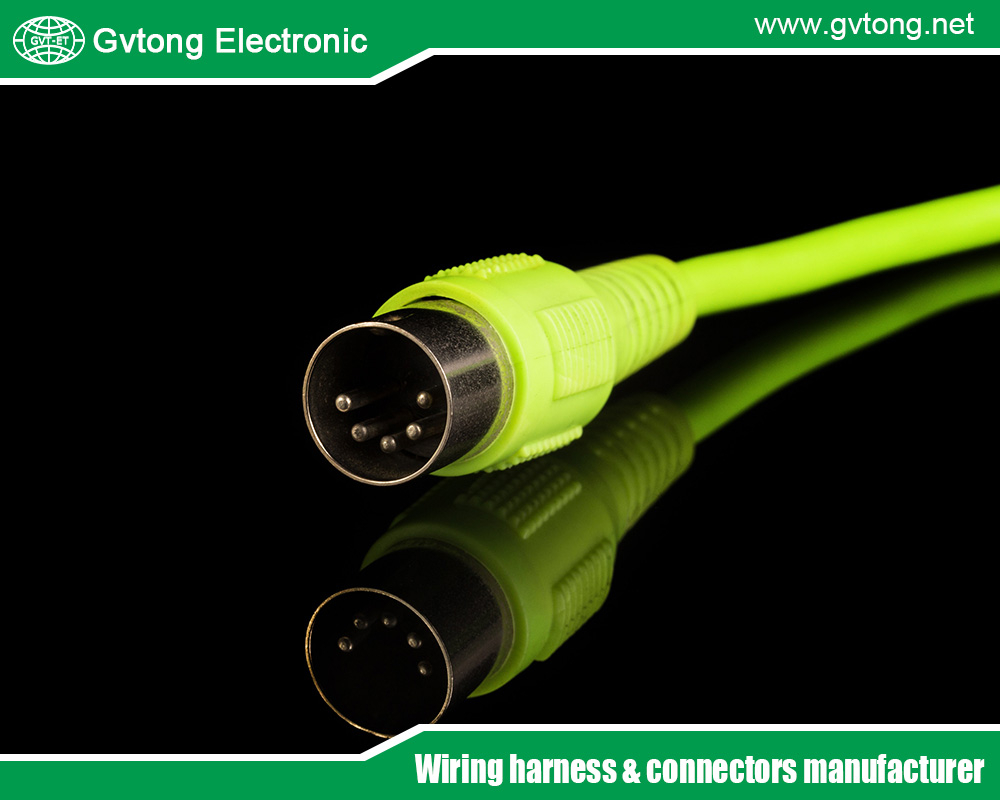
Understanding Automotive Connectors
Automotive connectors are specialized electrical interfaces designed to establish secure, reliable connections between various electronic components within a vehicle. Unlike standard connectors used in consumer electronics, these must withstand the rigors of automotive environments, including high vibrations, temperature fluctuations from -40°C to 150°C, moisture, and dust ingress. They are engineered to transmit both power and data signals, ensuring that systems like engine controls, infotainment, and safety features operate cohesively.
In the context of ADAS and autonomous driving, connectors are categorized based on their application and design. Board-to-board connectors, for instance, are prevalent in compact electronic modules, allowing direct connections between printed circuit boards (PCBs). These include floating connectors that absorb misalignment caused by vehicle movements, genderless connectors for simplified assembly, and contactless variants that enable wireless data transfer to reduce wear. Coaxial connectors, such as mini-coax systems, are optimized for high-frequency signals, supporting data rates up to 28 Gbps and frequencies up to 20 GHz, making them ideal for radar and lidar integrations.
Other types include wire-to-wire and wire-to-board connectors, which facilitate connections between harnesses and modules, and hybrid connectors that combine power and data transmission in a single unit. For example, the C-KLIC hybrid connector integrates protocols like Display Port, PCIe, and USB 4.0, reducing space requirements by up to 70% while enhancing efficiency. These designs address the miniaturization trend in vehicles, where space constraints demand smaller, lighter components without compromising performance.
The materials used in these connectors—such as high-grade plastics, metals, and shielding layers—ensure durability and electromagnetic compatibility (EMC). Shielded cables and passive suppression elements mitigate EMI, which is particularly critical in electric vehicles where high-voltage systems can interfere with signal transmission. Standards like ISO 26262 for functional safety guide their development, ensuring they meet automotive-grade requirements for reliability and fault tolerance.
In autonomous systems, connectors must support modular architectures, allowing for scalable upgrades as vehicles advance from Level 2 ADAS (partial automation) to Level 4 (high automation). This modularity enables OEMs to integrate new sensors or processors without overhauling the entire wiring harness, reducing costs and development time. Overall, automotive connectors form the backbone of vehicle electronics, evolving from simple power links to sophisticated data highways that propel autonomous driving forward.
Key Signals in ADAS and Autonomous Driving Systems
Autonomous driving systems rely on a symphony of signals to perceive, interpret, and act upon the surrounding environment. These signals originate from an array of sensors and communication modules, each generating vast amounts of data that must be transmitted instantaneously to central processing units.
Primary among these are sensor signals from cameras, radar, lidar, and ultrasonic devices. Cameras provide high-resolution visual data for object detection and lane recognition, often at HD or 4K resolutions, requiring data rates exceeding 10 Gbps. Radar sensors emit radio waves to measure distances and speeds, generating signals that demand low-latency transmission for real-time collision avoidance. Lidar, using laser pulses, creates detailed 3D maps, producing point clouds that can exceed 100,000 points per second, necessitating robust connectors for high-bandwidth handling.
V2X communications introduce another layer of signals, enabling vehicles to exchange data with infrastructure (V2I), other vehicles (V2V), pedestrians (V2P), and networks (V2N). These signals include traffic updates, hazard warnings, and cooperative maneuvers, transmitted via technologies like 5G mmWave and Cellular FR1 MIMO, which require connectors supporting up to 24 Gbps. In autonomous scenarios, V2X signals enhance situational awareness, allowing vehicles to anticipate events beyond line-of-sight.
Additionally, internal signals from electronic control units (ECUs) and actuators coordinate responses, such as steering adjustments or braking commands. These must be synchronized with sensor inputs through cross-domain gateways, reducing cable clutter and ensuring seamless integration. AI algorithms process these signals to make predictive decisions, relying on error-free transmission to avoid catastrophic failures.
The volume and variety of these signals underscore the need for connectors that prioritize signal integrity, preventing data corruption from noise or interference. In Level 3+ autonomy, where the vehicle assumes full control in certain conditions, any delay in signal transmission could compromise safety. Thus, ADAS connectors are indispensable in orchestrating this complex signal network, transforming raw data into intelligent actions.
The Critical Role in Signal Transmission
The core function of ADAS automotive connectors lies in their ability to transmit key signals with precision, speed, and resilience, forming the neural pathways of autonomous vehicles. High-speed data transmission is fundamental, as autonomous systems process terabytes of data daily from multiple sources. Connectors like those from Molex enable rates up to 56 Gbit/s, facilitating real-time analysis for features like adaptive headlights and pedestrian detection.
Low-latency processing is equally vital; delays as minor as milliseconds can be detrimental in high-speed scenarios. Connectors optimized for V2X ensure sub-10ms latency, supporting technologies like 5G NTN satellite communications for ubiquitous connectivity. Signal integrity is maintained through shielding and advanced materials, countering EMI that could distort radar or lidar data.
Reliability in harsh environments is a hallmark of these connectors. They endure vibrations up to 10G, thermal cycling, and IP67-rated sealing against moisture, ensuring uninterrupted operation in diverse climates. For instance, rugged cable assemblies connect sensors to ECUs, preserving data fidelity over long distances.
In practice, these connectors enable modular designs, allowing for plug-and-play integration of new ADAS modules. This scalability is crucial as vehicles evolve toward full autonomy, where consolidated cockpits house AI-driven computers reliant on flawless signal flow. By minimizing power loss and optimizing thermal management, they also contribute to energy efficiency in electric autonomous vehicles.
Ultimately, the role of connectors extends beyond mere transmission; they ensure compliance with safety standards, reducing the risk of system failures. In autonomous driving, where human oversight diminishes, their performance directly impacts passenger safety and regulatory approval.
Challenges and Innovations
Despite their advancements, ADAS connectors face significant challenges in signal transmission. One major issue is electromagnetic interference, exacerbated in electric vehicles by high-voltage components, potentially causing signal disruptions like false sensor readings.
Supply chain vulnerabilities, highlighted by recent global disruptions, pose risks to production, prompting strategies like diversified sourcing and “right shoring.”
High data demands strain traditional connectors, requiring innovations like automotive Ethernet, which offers up to 20 GHz frequencies and 70% space savings over predecessors like FAKRA. Miniaturization addresses packaging constraints, with hybrid designs integrating power and data to reduce weight and complexity. Innovations also include contactless and optical connectors for wear-free, high-bandwidth transmission, ideal for V2X and radar applications. Sustainability drives the use of recyclable materials, aligning with circular economy principles.
These advancements mitigate challenges, paving the way for more reliable ADAS systems.
Future Trends
Looking ahead, ADAS automotive connectors for autonomous driving will embrace higher data rates, with 10G+ Ethernet and optical fibers supporting AI-enhanced processing.
Miniaturization will continue, incorporating AI for adaptive performance and self-diagnostics.
Enhanced safety features, like tamper-proof locking, will address cybersecurity concerns.
Market growth to USD 9.14 billion by 2030 reflects these trends, driven by electrification and connectivity.
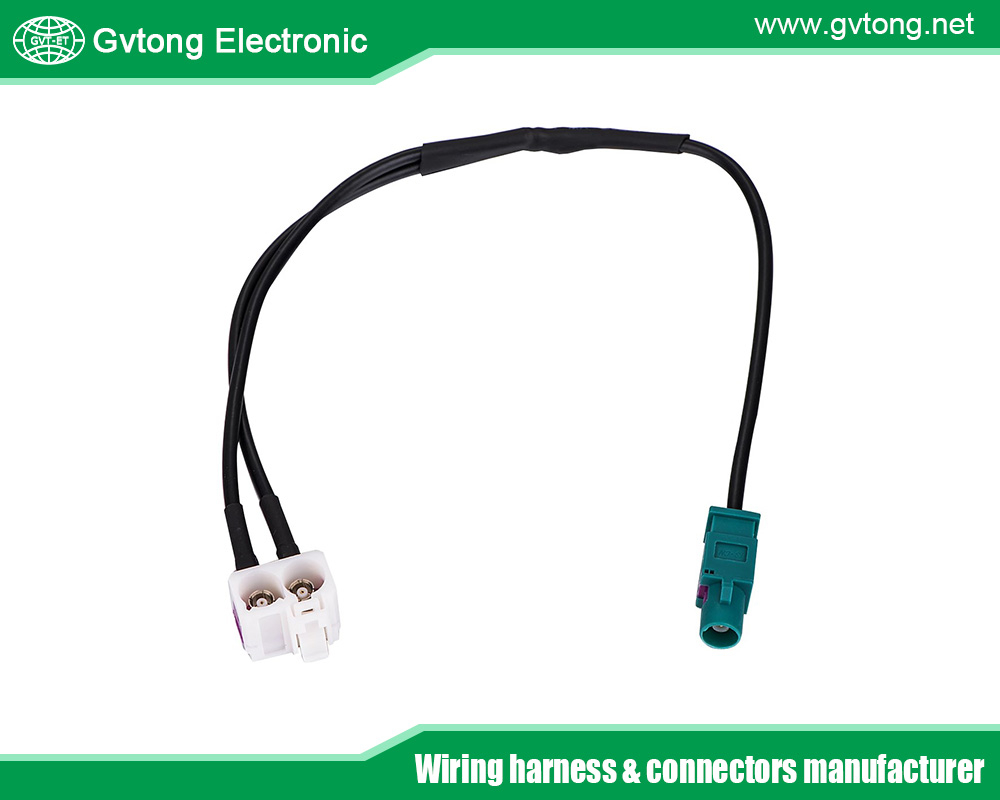
Conclusion
ADAS automotive connectors are indispensable in transmitting key signals for autonomous driving, ensuring safety and innovation. As technology advances, their evolution will define the future of mobility.
For more about the core role of ADAS automotive connectors in transmitting key signals in autonomous driving systems, you can pay a visit to Gvtong at https://www.gvtong.net/ for more info.
Recent Posts
Revealing the Core Advantages of Automotive Hybrid Connectors
What is the 12 Volt Automotive Wire Connector
Recommend the Best ADAS Automotive Connector Manufacturers in China
What is an Electrical Distribution System and How to Choose It
The Top Automotive Electrical Connectors Manufacturers You Want to Know
How to Choose the Best Automotive Connector Suppliers in Vietnam
The Best High Current Connectors Automotive Manufacturer in China
Tags
Recommended Products
-
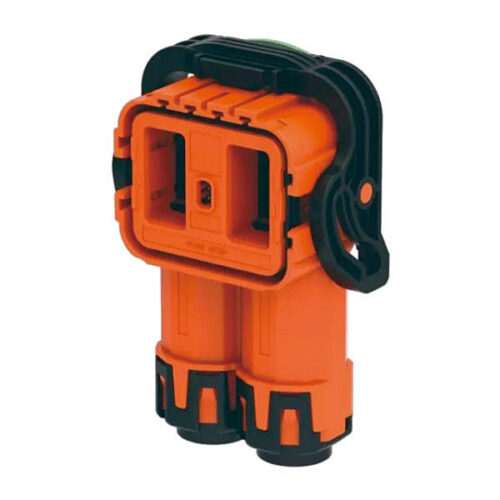
High voltage connector-2000 series-(2 core)
-
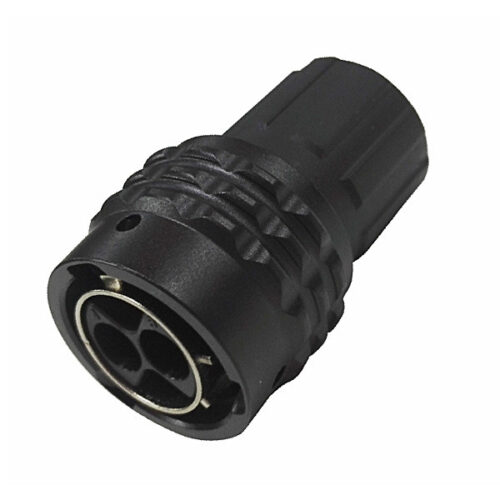
GR Series-2-core 12# circular signal connector
-
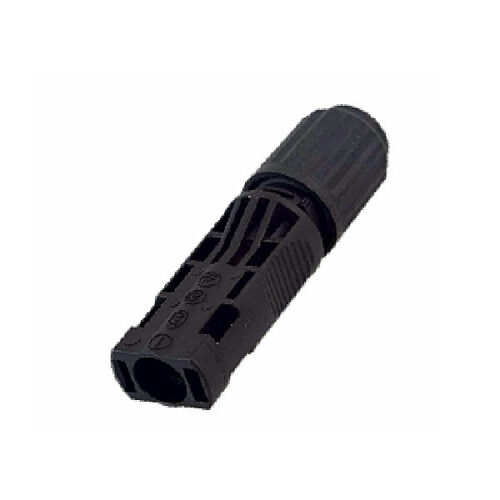
Photovoltaic connector – Wire end socket
-
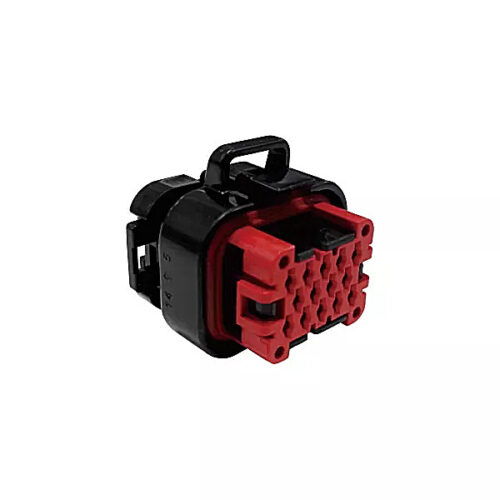
Signal connector – waterproof, three-row, 14-pin
-
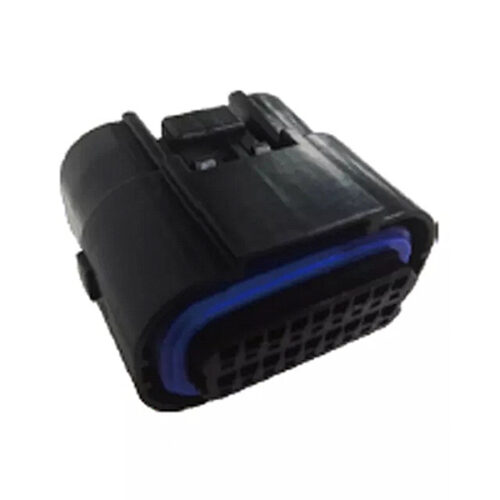
Signal connector-waterproof, double row, 18/26 core
-
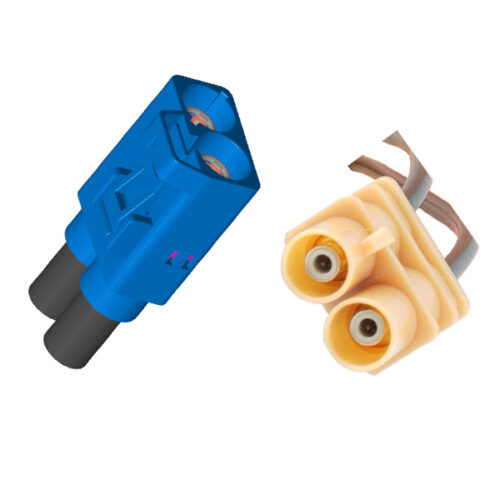
Automotive FAKRA Dual Connector For Wireless Antenna, GPS, Satellite Broadcasting, RF Bluetooth, IVI Information
-
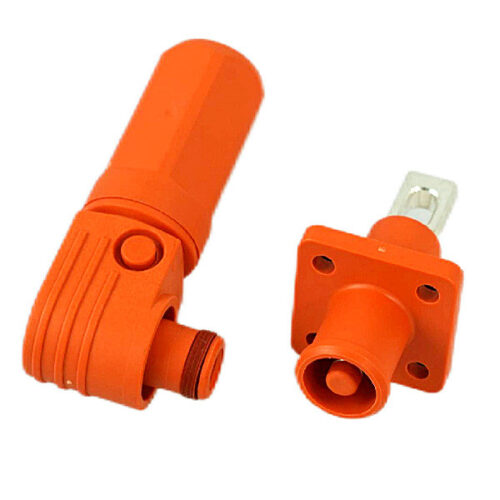
GB Series-Energy Storage Connector-5.7mm
-
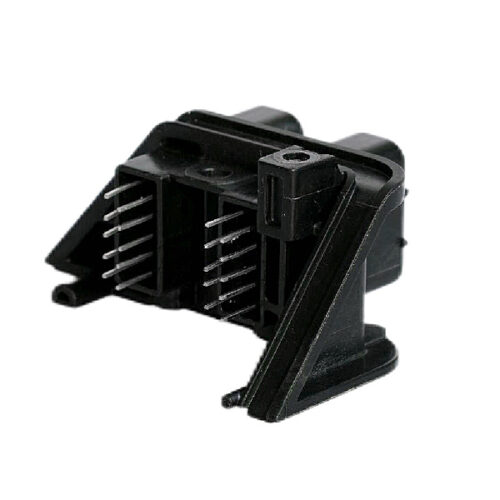
GE Series-20PIN Right Angle Connector Socket
